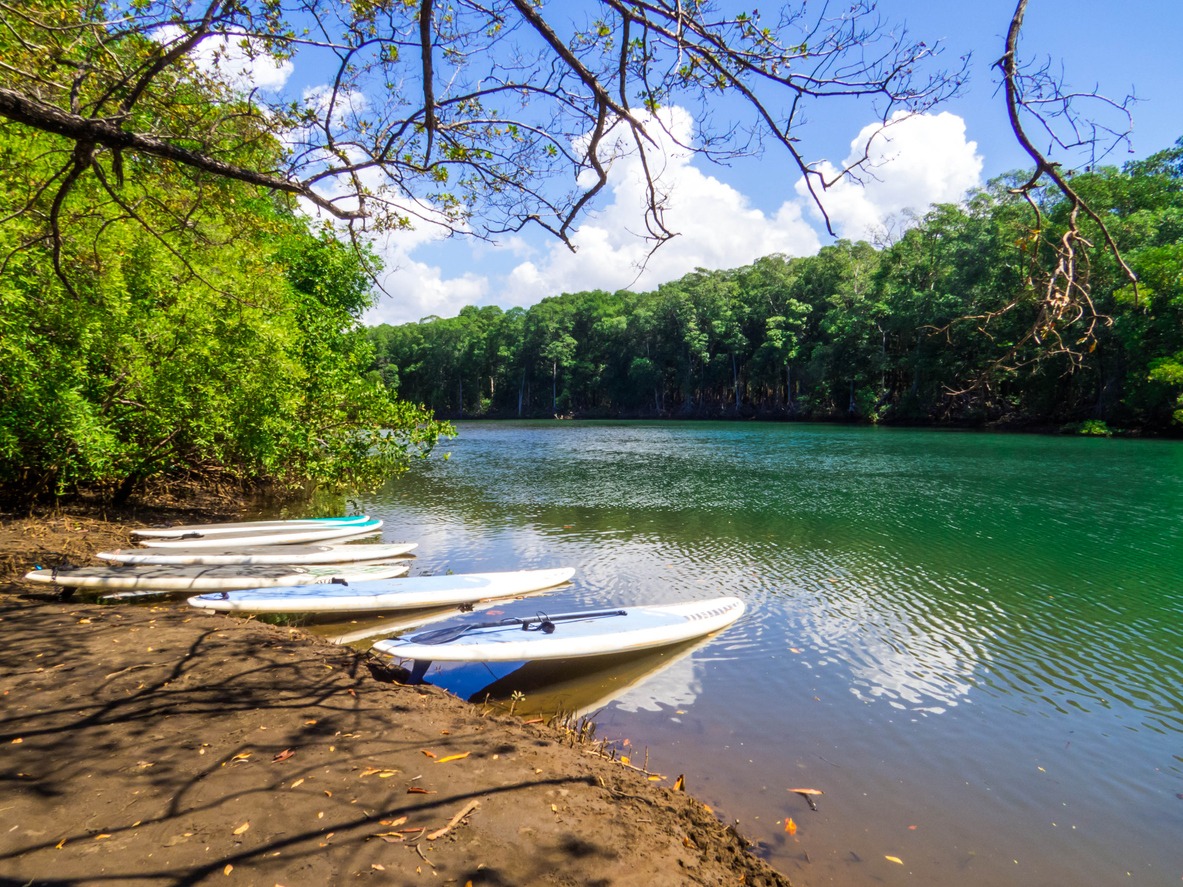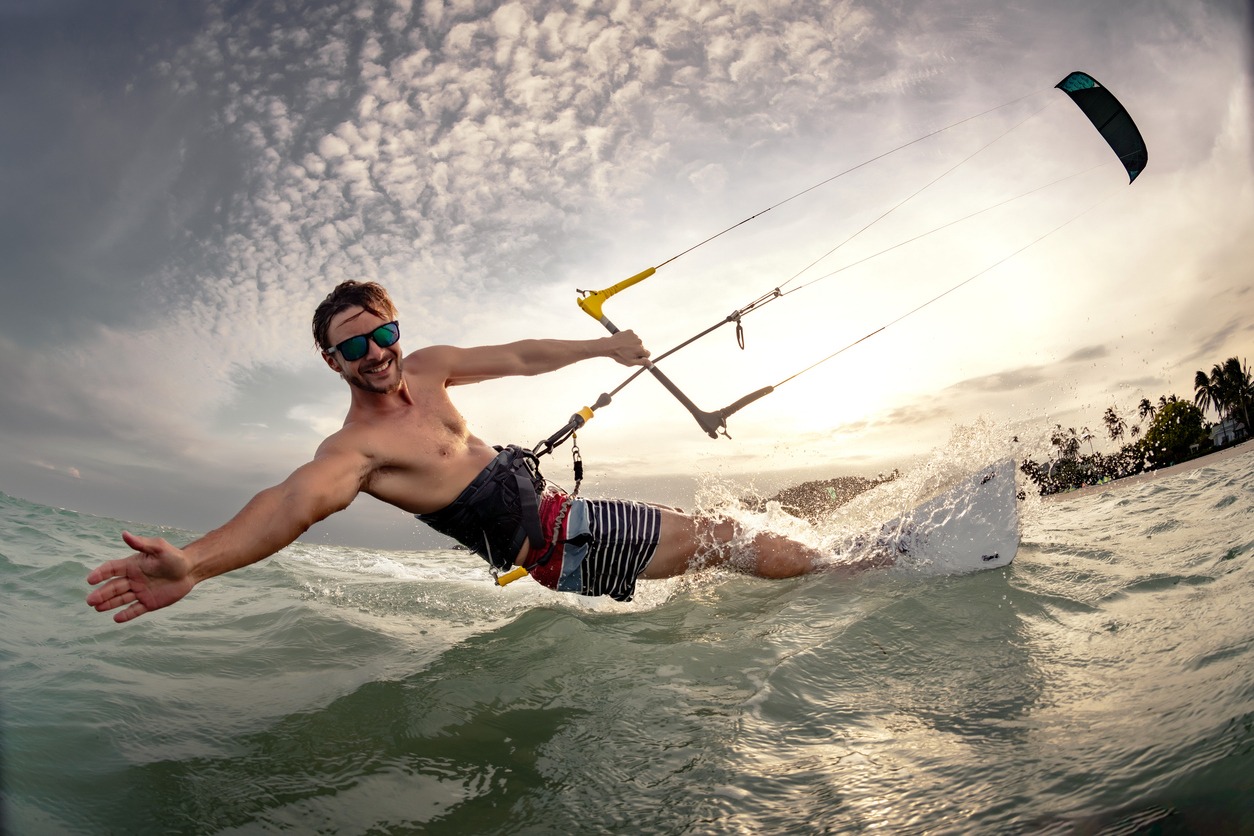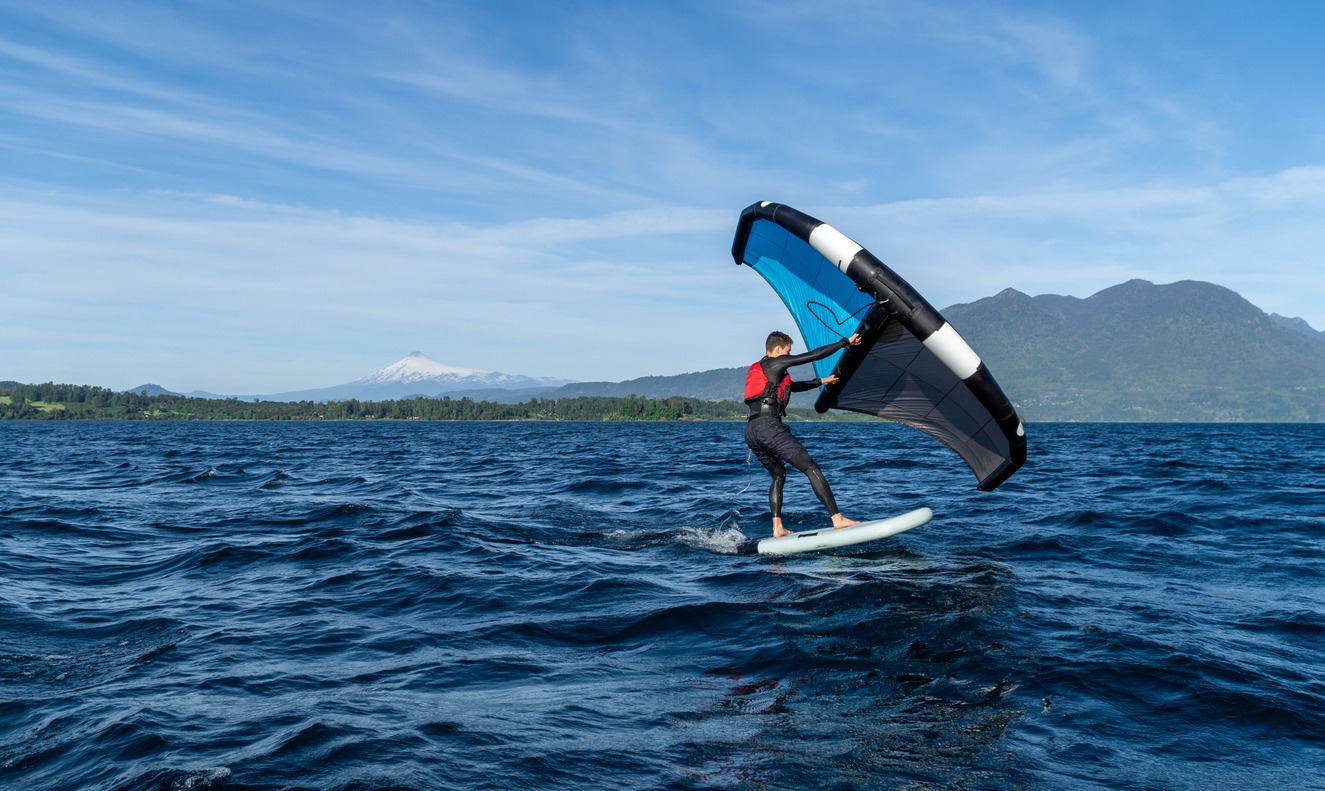Guide to Rash Guards for the Beach and Pool
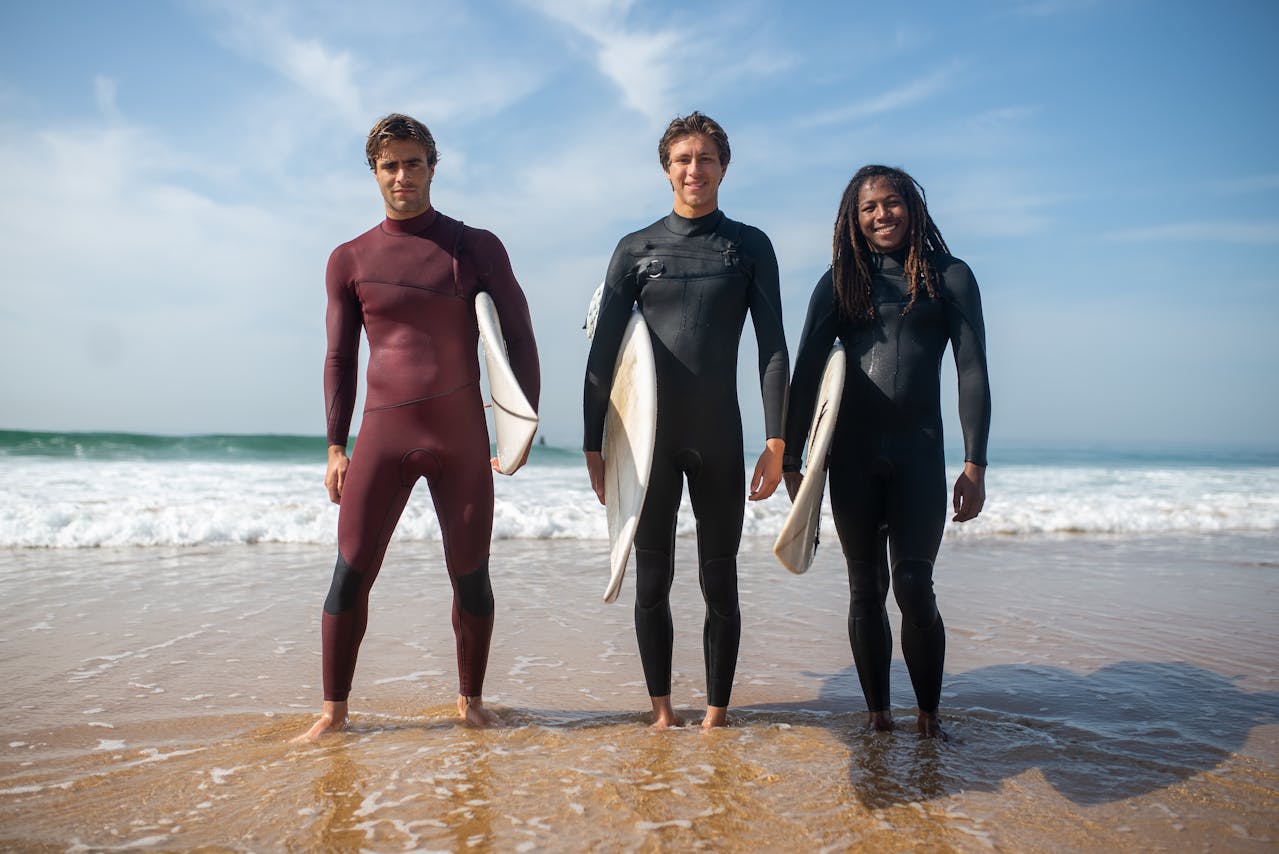
Rash guards are close-fitting shirts designed to protect you from UV rays, abrasions, and other elements during water activities. They're made from synthetic materials like nylon or spandex, offering flexibility and comfort. You'll find various styles, including short-sleeve, long-sleeve, and tank tops, suitable for different needs and preferences. When choosing a rash guard, look for a snug fit that doesn't restrict movement, and consider the level of UV protection (UPF 50+ is ideal). Proper care, such as gentle washing and air-drying, will extend your rash guard's lifespan. By understanding the benefits and features of rash guards, you'll be better equipped to make the most of your beach and pool experiences.
What Are Rash Guards
Rash guards have become a go-to item for beach and pool enthusiasts looking to protect their skin while enjoying water activities. These close-fitting, lightweight shirts are designed to shield you from abrasions, UV rays, and other elements while you're in or around the water. Today's snorkeling masks are much better than what was available in the past, making snorkeling more appealing to new people.
You'll find that rash guards are made from synthetic materials like nylon, spandex, or neoprene. These fabrics provide the stretch and flexibility you need for a full range of motion during your favorite water pursuits. Whether you're surfing, swimming, or kayaking, a rash guard will keep you comfortable and protected.
One of the key benefits of rash guards is their UV protection. Many offer a UPF rating of 50 or higher, ensuring your skin stays safe from harmful sun rays. You can wear them alone or as a base layer under a wetsuit for added warmth in cold water.
Rash guards aren't just for surfers anymore. They're perfect for any water activity or general beach and pool outings. By investing in a quality rash guard, you'll enhance your comfort and safety during all your aquatic expeditions.
Benefits of Wearing Rash Guards
Now that you understand what rash guards are, let's investigate why they've become such a popular choice for water enthusiasts. Rash guards offer exceptional UV protection, boasting a minimum UPF 50 rating that blocks 98% of harmful ultraviolet radiation. This makes them an essential tool for sun protection during prolonged water activities.
Beyond safeguarding your skin from the sun, rash guards prevent painful abrasions caused by repetitive movements in the water. Their snug fit creates a protective barrier between your skin and abrasive surfaces, guaranteeing comfort during activities like surfing or paddling.
Thermal rash guards provide an extra layer of insulation, making them ideal for cold water sports or as a base layer under wetsuits. Their versatility extends to various sleeve lengths and styles, allowing you to customize your coverage based on your needs.
The stretchy material used in rash guards ensures unparalleled flexibility, enabling a full range of motion during your favorite water activities. Whether you're swimming, surfing, or engaging in any aquatic sport, you'll appreciate the freedom of movement these garments offer while keeping you protected and comfortable.
Types of Rash Guards
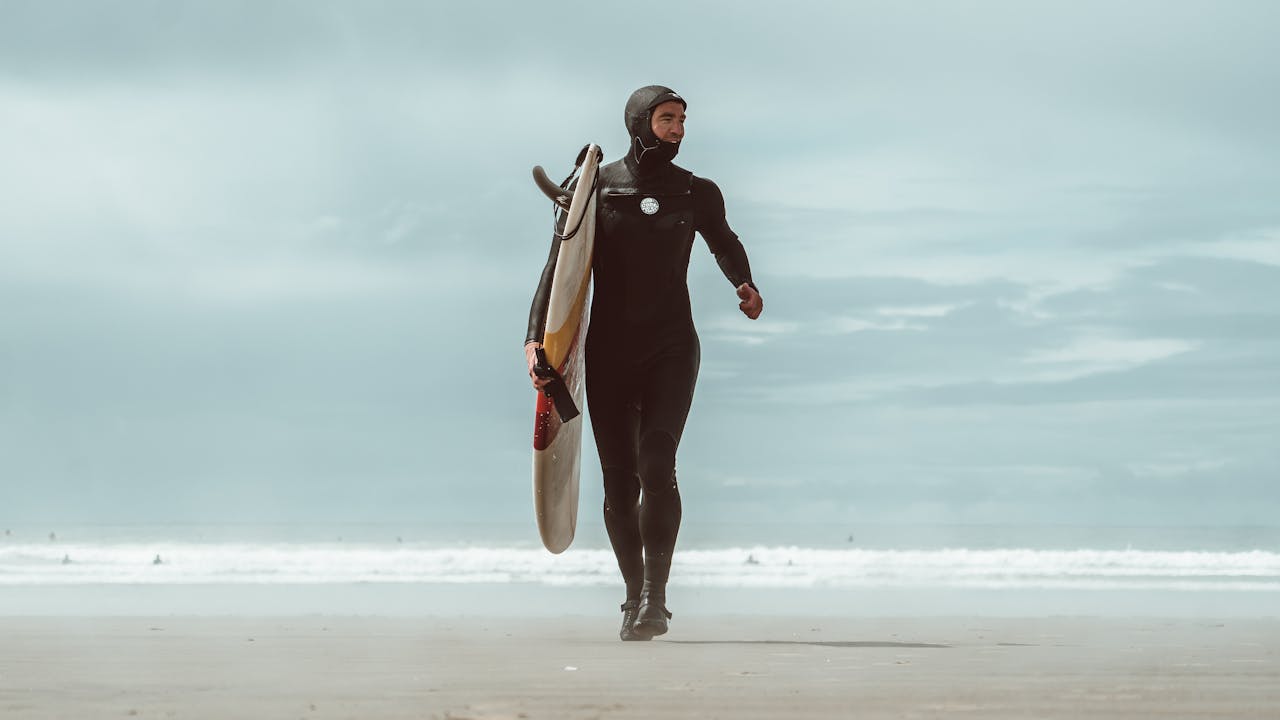
Choosing the right rash guard for your water activities involves understanding the various types available. Classic mask with one big lens covering eyes and nose and other mask types can provide better visibility and protection for snorkeling, which is an important consideration when choosing a rash guard. Rash guards come in different sleeve lengths, including short sleeve, long sleeve, and tank top styles, each offering varying levels of sun protection and UV coverage. Long sleeve options provide maximum coverage, while short sleeves and tank tops allow for more mobility.
For cold water sports like surfing, thermal rash guards made of neoprene offer extra warmth. In contrast, lightweight spandex or polyester rash guards are ideal for warm weather use. If you prefer a looser fit, surf shirts and tees provide similar sun protection with greater flexibility compared to traditional form-fitting rash guards.
Rash guard vests and full-body styles add warmth to your core or offer all-over coverage, though they may restrict movement more than standard options. To enhance your water activity experience, look for rash guards with features like boardshort connectors and flatlock seams. These prevent the garment from riding up and minimize chafing during intense physical activities.
When selecting a rash guard, consider the water temperature, desired sun protection, and the specific demands of your chosen water activity to determine the best fit and performance.
Choosing the Right Fit
For ideal performance and comfort, selecting the appropriate fit for your rash guard is crucial. When choosing a rash guard, you'll want it to fit snugly without restricting movement. For high-intensity activities, opt for a skin-tight or compressive fit that provides support and reduces drag. If you're looking for casual wear, a looser fitting rash guard might be more comfortable.
Consider the sleeve length when making your choice. Short-sleeve rash guards offer greater freedom of movement, while long-sleeve designs provide extra sun protection and guard against abrasions. Pay attention to the fabric composition, favoring spandex or elastane blends for optimum stretch and recovery.
Examine the stitching carefully, as flatlock seams are preferable to prevent chafing during repetitive motions like swimming or paddling. To ascertain the best fit, measure your chest, waist, and arm length before making a purchase. This will help you select a rash guard that provides the right level of coverage and performs as intended. Remember, a well-fitting rash guard enhances your comfort and protection during water activities.
Materials and Construction
While fit is important, the materials and construction of your rash guard are equally vital for comfort and performance. Most rash guards are made from a blend of synthetic materials like polyester, nylon, and spandex. These fabrics offer durability, stretch, and quick-drying properties, making them ideal for water activities.
When choosing a rash guard, look for flatlock stitching. This construction technique creates seams that lay flat against your skin, preventing chafing during intense water sports. The fabric technology in modern rash guards also includes moisture-wicking capabilities, keeping you dry and comfortable.
Sun protection is a pivotal feature of rash guards. Many offer UV-blocking properties with a UPF 50+ rating, shielding your skin from harmful UV rays. This protective layer acts as a barrier between you and the sun, reducing the risk of sunburn and long-term skin damage.
If you're environmentally conscious, consider sustainable rash guard options. These shirts use recycled and solution-dyed fabrics, reducing their environmental impact without compromising on performance. Remember, the fabric composition and construction of your rash guard play a key role in its overall comfort, flexibility, and functionality during beach and pool activities.
UV Protection and Sun Safety
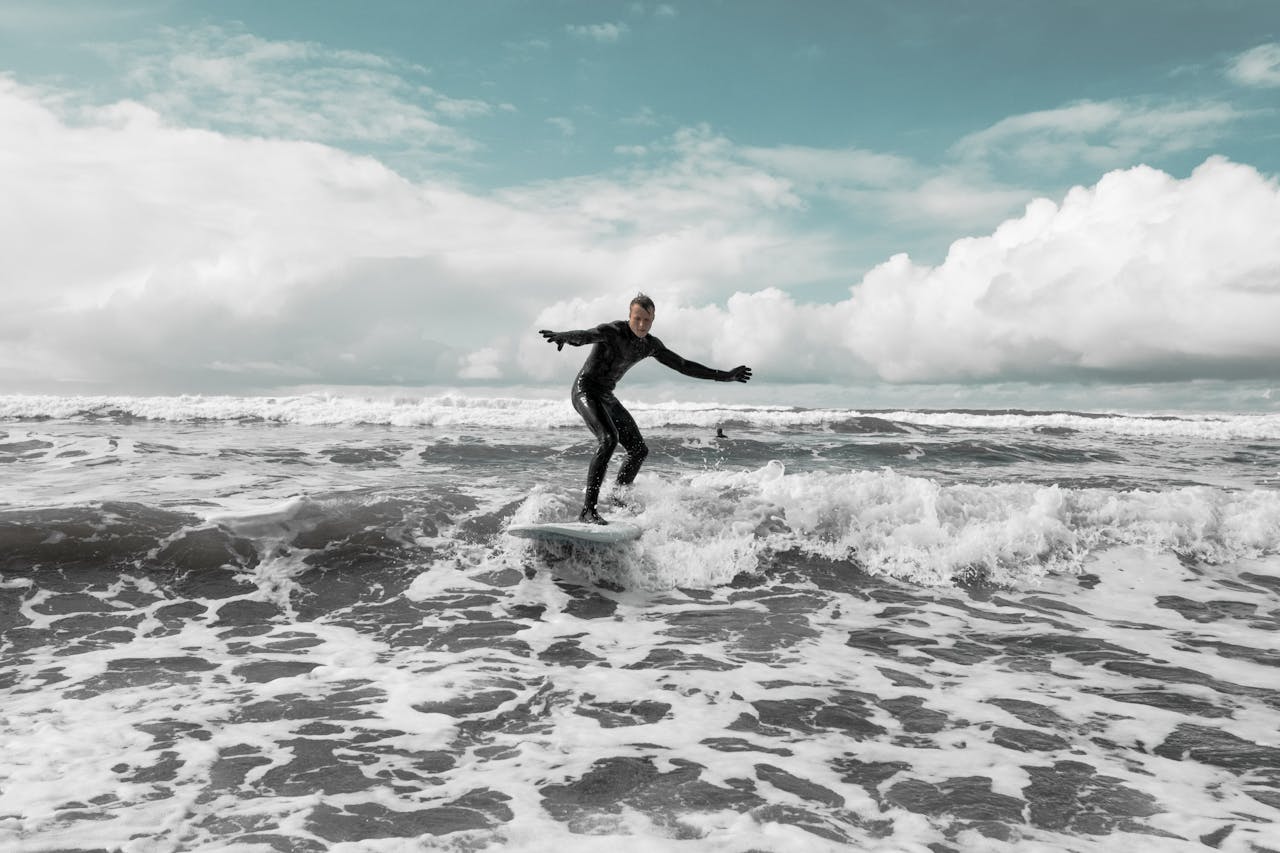
One of the most significant benefits of rash guards is their built-in UV protection. When you wear a rash guard, you're getting exceptional sun safety without the hassle of constant sunscreen reapplication. Rash guards provide a minimum UPF (Ultraviolet Protection Factor) of 50, effectively blocking 98% of harmful UV rays. This level of protection offers peace of mind during long days at the beach or pool.
To maximize your sun safety while wearing a rash guard:
- Check the product specifications for the exact UPF rating
- Choose lighter colors for better cooling in hot conditions
- Apply sunscreen to exposed skin areas
- Opt for long-sleeved styles for maximum coverage
- Consider layering for added warmth in cold water
Care and Maintenance Tips
Proper care and maintenance of your rash guard will certify its longevity and continued performance. To keep your rash guard in top condition, rinse it thoroughly with fresh water after each use. This helps remove salt, chlorine, and other chemicals that can degrade the fabric over time.
When washing your rash guard, use cold water and a mild detergent. Avoid using fabric softeners or bleach, as these can damage the material and reduce its effectiveness. Choose a gentle cycle or hand wash to prevent unnecessary wear and tear. After washing, air dry your rash guard flat or on a hanger, away from direct sunlight.
Regular rash guards and those made from recycled polyester require similar care. To prevent stretching, avoid wringing out your rash guard. Instead, gently squeeze out excess water. The best rash guards are designed to withstand frequent use, but proper care will validate they maintain their shape and UV protection properties. When wearing a rash guard frequently, alternate between two or more to allow each one to fully dry between uses. By following these tips, you'll extend the life of your quality rash guard, whether it's a short or long-sleeve rash guard.

